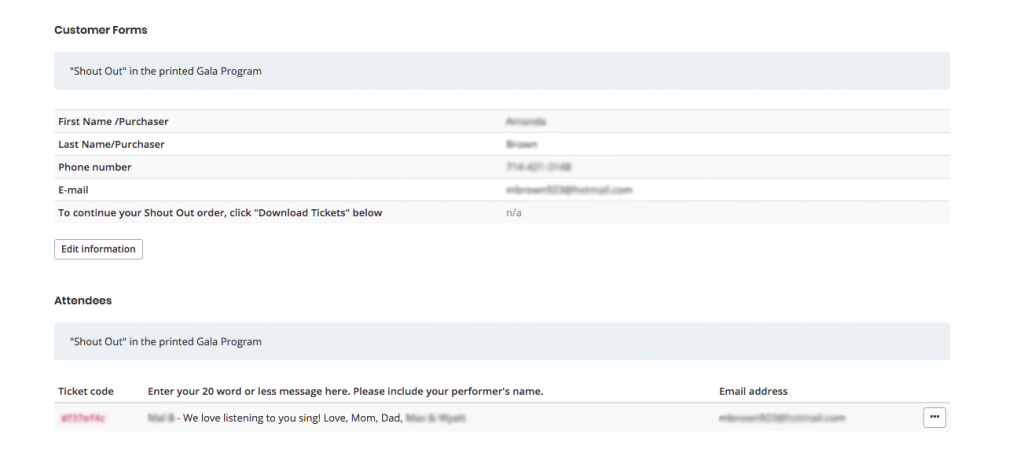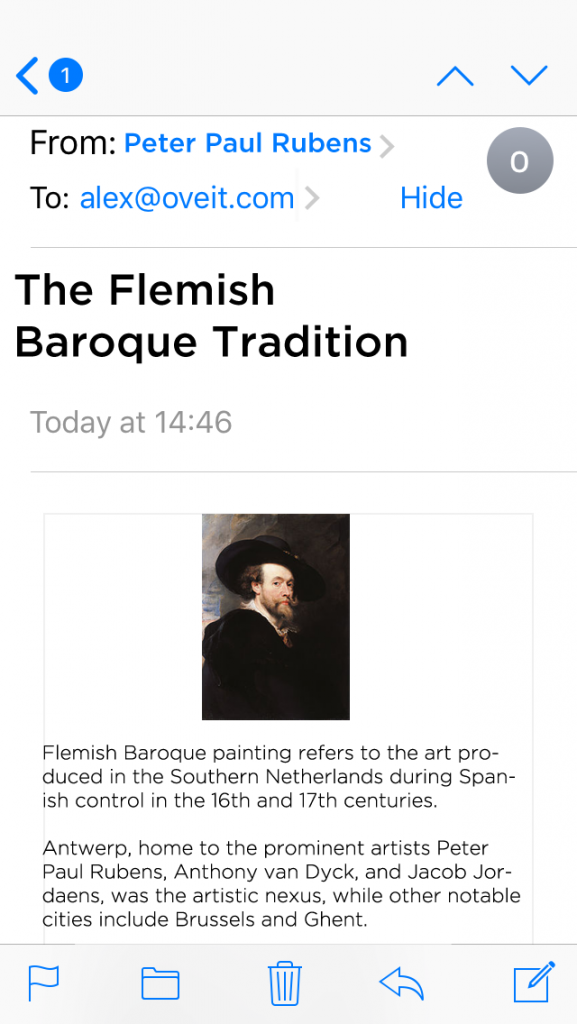From day one we wanted to develop Oveit into more than just a ticketing app, to develop it into a complete event management software. We always knew that technology can help you offer unforgettable experiences to your guests. Time passed, we developed new features, and clients started using our software for complex situations. Today I will tell you how our partners use Oveit’s features in ways that may surprise you. Maybe you are looking for an event management software that you can use in an “unconventional” way (yes, we now that you are looking for more than a ticketing software), so go ahead and find some inspiration below.
Great way to collect shout-outs
I am found of all creative ideas, but I will start with the idea one of our partners had not too long ago. They were using Oveit to sell tickets for a high-school musical show. Also wanted to give parents a way to support their children by allowing them to buy some “shout outs” in the event programme. They had a dedicated email address for parents to contact them but found it difficult to offer a straightforward payment solution. It was also pretty difficult to make sure that all the shout outs are collected in one place and none is lost “on the way” (things can be difficult when you are part of a small team).
He had the ingenious idea to use Oveit for it; created a new event that allowed parents to instantly register the message by using our registration forms. Set up a limited number of tickets (each ticket was a shout out) and money went straight into their account through our direct payment feature. After the registration period was over they simply downloaded the list and printed the shout-outs in the Event Programme. An easy way to solve a complicated situation.

Rewarding loyal customers through our event management software
Loyalty is something each brand looks for from its customers. Loyal customers are hard to find, so when you do let them know that they are truly appreciated. One of our partners (a Sports Organization) uses our NFC technology for both payments and access control at the VIP lounge. They wanted to do more for the fans that rarely miss from a home game, so they have created a special rewarding program. Depending on the number of consecutive games the fans attend they receive a gift from the organizer. Because the fans use their cards to pay or access designated areas our partner can easily keep track of those that qualify for the loyalty program.
Loyalty programs are very appreciated by customers and 76% consider that personalized offers based on their purchase history are crucial.
Art that speaks to its admirers
Our NFC capabilities can be used to engage attendees within your events. We developed it thinking it would be a great way for attendees and sponsors/exhibitors to connect.
However, I know someone that took this feature one step further. Visiting a museum is always fun, but it’s much funnier when art talks to you. Yes, our NFC features are used in museums, and visitors can find more about a particular piece, an artist or an art movement. Online searching for information is very common among museum-goers. Art that follows up is not something that you see on a daily basis and it’s a great way to create a buzz while helping visitors find more about what they love.

photo/text source: wikipedia.org Example of personalized follow-up email sent using Oveit’s engagement feature
Using the “badge” option as a gift coupon for your services
Discount coupons are a great way to attract new business. According to a study conducted by Firstdata, 11% of coupons are used by new users, meaning they are a great way for new customers to test your products or services. A quality interaction will convince them to become regular users, and adding gift coupons can increase your client base. To estimate what this could mean take a look at how small improvements can increase your business.
Oveit can be used to create gift coupons that will be sent directly to the beneficiary through a 100% personalized coupon while all the financial data goes to the person that places the order.
Our cashless payment system for day to day activities
Our main focus is on cashless payments, there’s no secret here. We are happy to see that more and more event planners use our software for this feature, increasing their revenue. Our “light” setup was adopted not only by event planners but also by an elementary school that was delighted that can use it in its cafeteria. Parents credit the pupils’ accounts (they use colorful NFC wristbands that scholars love to wear) and using our software they are sure that the kids use the lunch money…for lunch.

The same system is used by a large corporation as a way to partially support lunch for its employees. Each month the company adds an amount to each employee account as they use their personalized NFC cards to pay at the cafeteria. If they run out of credit employees can add extra credit.
We are happy to see that more and more employers opt to use our cashless payments solution in order to create a closed-loop ecosystem to manage lunch benefits.
NFC-based ecosystems for tourist complex
The idea of ecosystems has always been on our minds, this is why we have developed Oveit into more than a ticketing software. And starting from the event ecosystem we looked further, making it easy to use in more complex environments. With their help, we managed to develop our software so that it can manage a touristic complex, the NFC room key becoming a powerful tool that is used to:
Attendees can use it to:
-open rooms
-pay at bars, restaurants, gift shops (in the ecosystem)
-access different areas on site (access to different facilities is connected to the room guests have booked, so permissions come as “benefits” added to the account)
-guests that stay at this resort have access to a nearby Contemporary Art Museum and in order to see if they really visit it the entry is added as a “perk” and checked in individually (using the same “room key” which, of course, it’s an NFC card).
A new way to manage treasure hunt games
Our NFC capabilities were not once used for implementing treasure hunt games, but a particular occasion stuck to my mind. One of our partners used Oveit for a company retreat and the NFC wristbands to capture data on what activities its employees prefer. For the treasure hunt game, they used our software to create checkpoints and check if each team has covered the whole track. Each time a team reached a milestone the team leader tapped the wristband to the NFC device. Our event management software sent an email containing clues on how to reach the next checkpoint and also marked that they have covered that point of the track. Easy implementation for maximum fun.
Hope this article helped you discover new techniques to satisfy your customers. If you have a question for which you haven’t got an answer please let us know. We can’t promise Oveit will be the perfect solution for you but we promise we will look into it.

